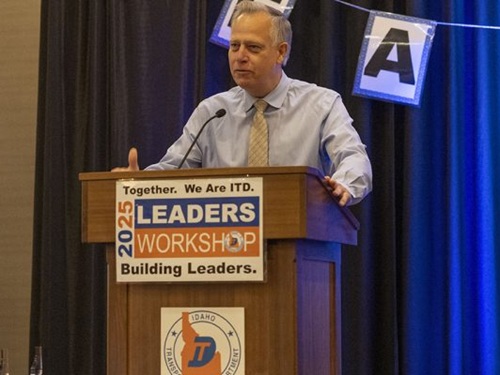The American Association of State Highway and Transportation Officials recently helped establish a free repository of information on electric vehicles available to state agencies. State agencies must create a free account in order to use the clearinghouse, accessed by clicking here.
[Above photo by the Maine DOT]
Called the “EV States Clearinghouse,” it contains a variety of documents such as sample requests for proposals or RFPs, sample contracts, EV infrastructure siting and assessment tools, plus other resources.
Those tools and documents can help state agencies deploy the funding for EVs created in the $1.2 trillion Infrastructure Investment and Jobs Act or IIJA – signed into law in November 2021 – which created the National Electric Vehicle Infrastructure or NEVI formula program.

That program will allocate $5 billion to states through formula funds over the next five years to build out EV charging infrastructure.
Updates to the EV clearinghouse will continually occur, adding the most recent information on IIJA implementations as well as updates from states as they move through the various stages of EV deployment.
AASHTO helped develop this EV resource in partnership with the National Association of State Energy Officials (NASEO), ICF, and Atlas Public Policy, with the U.S. Department of Energy and the National Renewable Energy Laboratory providing support for this initiative.
That support partially stems from a memorandum of understanding or MOU that AASHTO, NASEO, USDOT, and DOE signed on February 23 to coordinate nationwide investment in electric vehicle charging station infrastructure.
“Many state departments of transportation have found success in their own EV charging infrastructure programs and know first-hand that collaboration between state energy offices and other agencies is instrumental to success,” noted Jim Tymon, AASHTO’s executive director, regarding that MOU.
“This is a massive undertaking and this partnership will ensure all stakeholders are on the same page when it comes to challenges, concerns, best practices, and lessons learned,” he said.
 Top Stories
Top Stories
AASHTO Details Annual Meeting Knowledge Sessions
October 24, 2025 Top Stories
Top Stories

